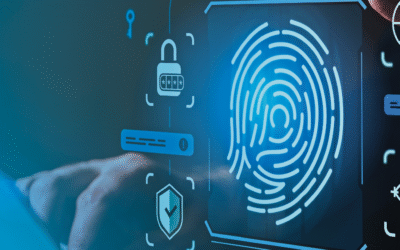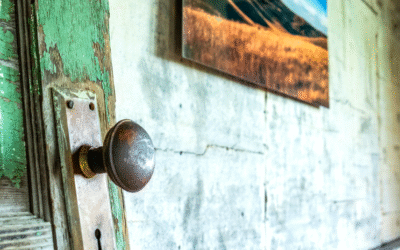The mysterious evolution of today’s 911 emergency system
 The Death of Kitty Genovese
The Death of Kitty Genovese
In 1964, a man with a knife attacked Kitty Genovese and left her to die right outside her apartment in Queens, New York. Thirty-eight people heard the young woman’s cries for help, but not one witness reported the incident.
Books, documentaries, reports, and more have covered Kitty Genovese’s case, and psychologists have studied why someone could witness a crime and not help the victim. The lack of empathy in this case is one of the main driving factors that led to the 911 emergency call system used today.
Although the National Emergency Number Association (NEMA) called for a national emergency number starting in 1957, it was almost 10 years later before the 911 system was first put into place. This was three years after Kitty Genovese was killed.
Before and after
In 1968, 911 was officially designated as the Universal Emergency Number and a 911 line was established. Rotary dial telephones were still the primary style of phone, so the shorter the number, the better. Prior to that, people would call the nearest station or dial “0” to reach a telephone operator to be connected to the police or fire department.
The original plan for the 911 system placed control with the public utility agencies. This allowed calls to be answered at a local level, so the closest station would respond to any concerns in a specific area or neighborhood.
As more people became familiar with using 911, dispatchers found automation to be an advantage. Initially, when people called to report an emergency, they were asked to provide their name and location. Eventually the system was improved so names and addresses from landline callers were automatically transmitted to the dispatcher.
The evolution of cellphones
When cellphone use rose in the ‘90s and early 2000s, there was a problem with the 911 system. At the time, the system was not built to communicate with mobile phones in the same way it was for landlines.
The specific problem was that a 911 call made on a cellphone was transmitted through the nearest cellphone tower, which could be in another town several miles away. Even the dispatcher who received the call could be in a different town, miles away from the person in need of assistance.
Today, the cellphone network delivers the last known GPS coordinates of the caller. The calls are then routed to the nearest local Public Safety Answering Point (PSAP) using Automatic Number Identification and Automatic Location Identification (ANI/ALI). This provides a detailed record of the caller’s location and phone number. A potential issue with this emerges if the caller is moving which can impact the caller’s location coordinates.
While emergencies don’t always happen at home, calling from your Golden West landline phone could produce a quicker response. If the landline is registered to a specific address, a record of your location and phone number will be digitally provided to the PSAP.
What we can do to help today
If the 911 system had been in place, Kitty Genovese could have survived her attacker. Maybe witnesses would have taken more action and come to her defense.
Though we cannot go back in time, we can responsibly use the 911 number to report emergencies. We can prevent this and help another person like Kitty Genovese.
For more information and a list of short-dial numbers, go to https://theexchangesd.com/short-dial/.




